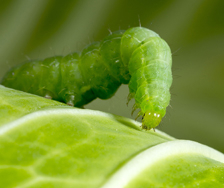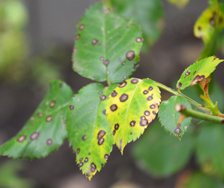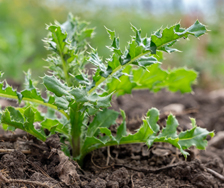Yates Account
Join now
Create a Yates account today!
Sign up to join the Yates Garden Club for monthly e-mails packed with seasonal inspiration, tips for success & exclusive promotions.
Plus if you’re a Garden Club member you can take part in the Yates Growing Community - a blog to share successes, get advice & win prizes in fun challenges along the way!

Forgot password
Enter the email address associated with your account, and we'll email you a new password.

Zygocactus, with their pretty, flattened-bell flowers, are delights of the winter garden.
They’re often called ‘crab’ cactus, because of their crab-like segmented stems, or, occasionally, Christmas cactus. The latter name doesn’t, of course, make a lot of sense in the southern hemisphere where they flower in the middle of the year. Zygocactus bloom in winter because their flowering is initiated by winter’s longer nights (or shorter days). Their flowering can be severely reduced by exposing the plants to unwanted light (even household lighting).
Zygocactus (more correctly called Schlumbergera, but familiarly known as zygos) are hybrids of succulent plants that grow naturally on trees in their Brazilian homeland. Due to these tree-dwelling origins, they do well in hanging baskets and enjoy good drainage, dappled sunlight and minimal fertilising. They also need to be in a frost-free position. They can be grown as houseplants in cold areas, but don’t forget they must have darkness at night to flower!
Pieces of the flattened stems can be separated where the segments join and used for propagation. Simply allow the pieces to dry, dip in Clonex Gel and push vertically into pots filled Yates Black Magic Seed Raising Mix. Leave undisturbed in a well-lit, warm spot for a few months.

Zygocactus flower in shades of pink, pinky white, red, purple, orange and cerise, with some flowers taking on yellow tones in warm, high light situations. It’s often recommended that allowing the plants to dry out in autumn will encourage flowering but scientific trials have shown the reverse to be true: water-stressed plants flower less. Light, though, is definitely a factor. Long, dark nights promote blooming. If you can’t keep your zygo in a dark place (at least 15 hours each night) experiment by covering it at night with an upturned cardboard box or another more glamorous substitute.
Temperature plays a part, too. Zygos prefer cool, although not freezing, conditions. And don’t move the plant once buds have formed. At this stage they hate changes.
When growing zygocactus, try to re-create their natural conditions. Pot into a hanging basket filled with a good quality potting mix such as Yates Thrive Cacti & Succulent Potting Mix. A hanging basket allows the arching stems to hang down from the crown of the plant, just as they do from tree trunks in their natural habitat.
Remember, epiphytic plants need minimal fertilising. After all, they’ve evolved to survive on what falls down from above. Feed during the growing season with a gentle fertiliser that isn’t too high in nitrogen. Try Yates Thrive Natural Fish & Seaweed+ Plant Food Concentrate
Don’t overwater. Too much water can cause stems to rot and cause lesions to develop on the stems and leaves.















Share
Share this article on social media